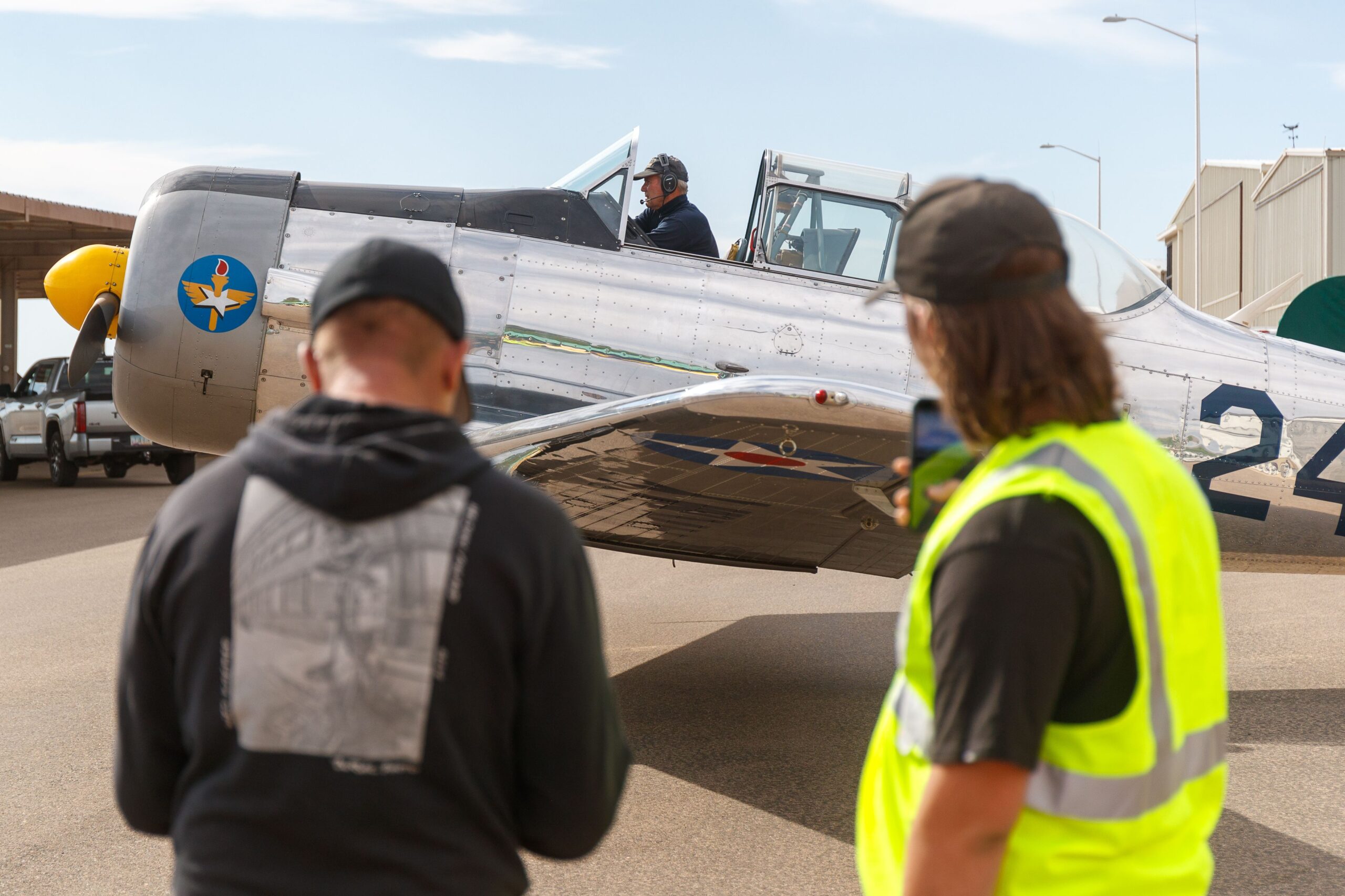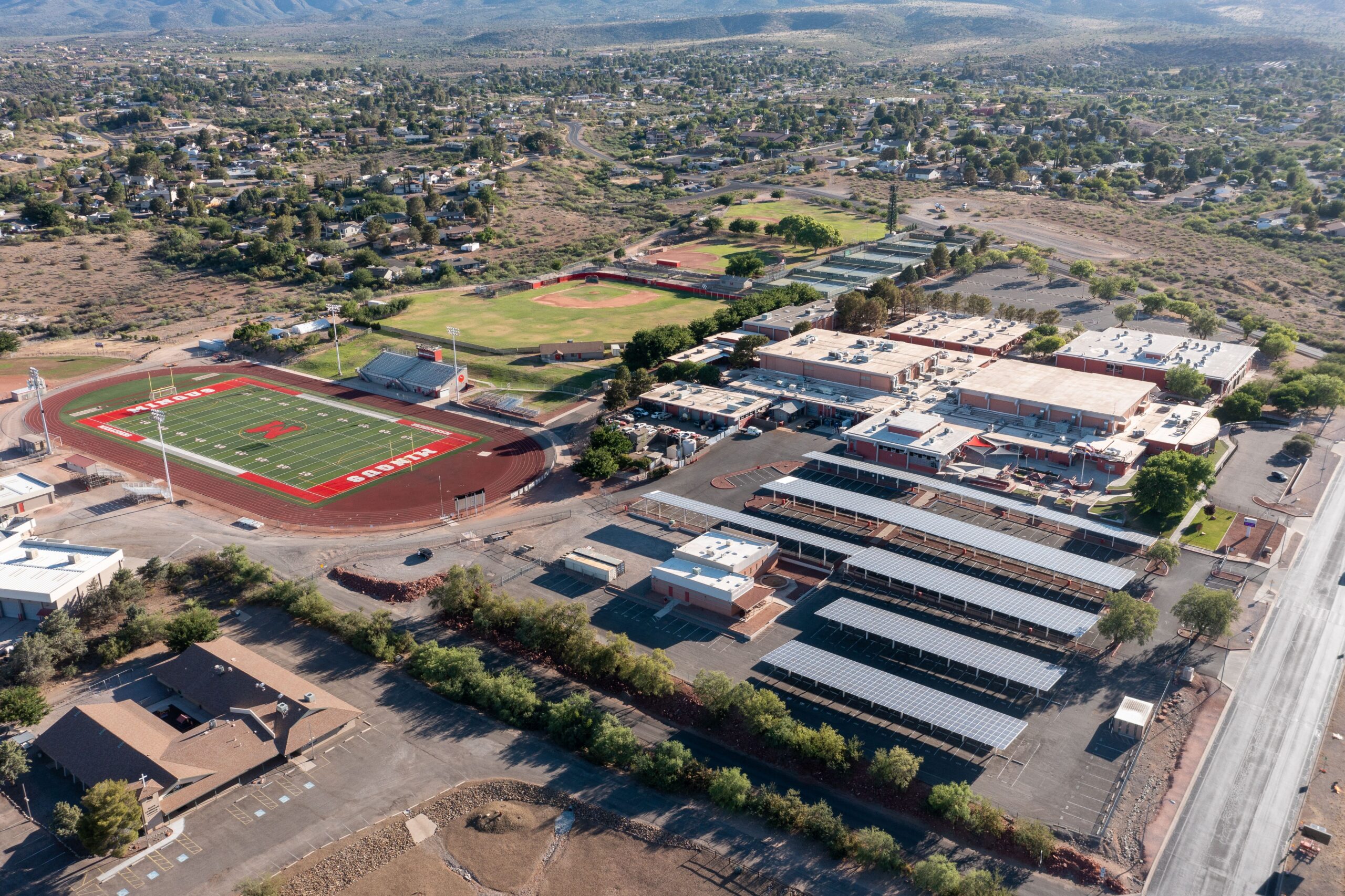If you try and find out what was happening in the Verde Valley before people started writing things down, you’re going to find that the story depends on who you talk to.
That’s true to some extent for the people who did write things down, as a personal account will almost certainly be colored by the viewpoints and biases held by the writer.
Still, written accounts provide an important insight into the facts of life and the people who settled in the Camp Verde area during the 19th century.
One Camp Verde woman dedicates her time, along with several other volunteers, to act as guardians of that history.
Jan Klann greets visitors at the Camp Verde Historical Society on Main Street on Tuesdays from 10 a.m. to 3 p.m. and Thursdays from 11 a.m. to 2 p.m.
If a visitor has a special request, she’ll even meet them by appointment. But even on the days when the building is closed to the public, Klann spends quite a bit of time there.
The circa-1914 building used to be an schoolhouse, and its ceiling still bears the intricate design work common to the era.
It’s had some other uses since then, but Klann was one of the people who helped turn it into what it is today.
It wasn’t quite 10 years ago when Bill Kelum asked her if she’d help transform the old school into a museum showcasing the area’s past, Klann said.
Together with the love of her life, Ron Brattain, and others, Klann worked on putting the museum together and has been volunteering there on a regular basis since it opened in September 2003.
Klann’s always had a love of history from her earliest days growing up on a Nebraska farm along the storied Oregon Trail. It was there among the corn and alfalfa that three generations of her family had farmed the land.
The jobs just weren’t there back in the ’50s, so in 1956 Klann went to Washington state.
It turned out that 300 days of rain a year weren’t for her, so she ended up in sunnier Phoenix where she took a job for the U.S. Postal Service.
“It was supposed to be a temporary thing,” Klann said.
It turned into a career, one that likely influenced another of her hobbies, collecting postmarks from every post office in Arizona.
There are some she wishes she could have gotten, but as times change, post offices come and go, something evident in a state that’s littered with the sites of former towns that have dried up.
As with many others, the Verde Valley later became Klann’s “Phoenix escape plan,” and she said she doesn’t miss living in the city one bit. She’s had property up here since the ’70s, so the move seemed like a natural decision.
While the museum she gives her time to has a wide array of old pieces of the past, from wagon wheels to farming tools, Klann especially loves to dig around in the archives.
“It’s the research I enjoy — when people come and put in requests,” Klann said.
It’s that love of history that gives Klann some insight and connection to the Camp Verde that was.
Klann said she loves learning the past, learning little things like the fact that the Montezuma Inn across the street from the museum used to be a one-story building called the Red Star Saloon, a popular enterprise, at least before Camp Verde decided to go dry well ahead of prohibition.
When she’s not digging up the past, Klann said she just likes to sit on her property, take in the amazing views of nature around Camp Verde and live in the present moment.
For more information on the historical society, call 567-9560.


